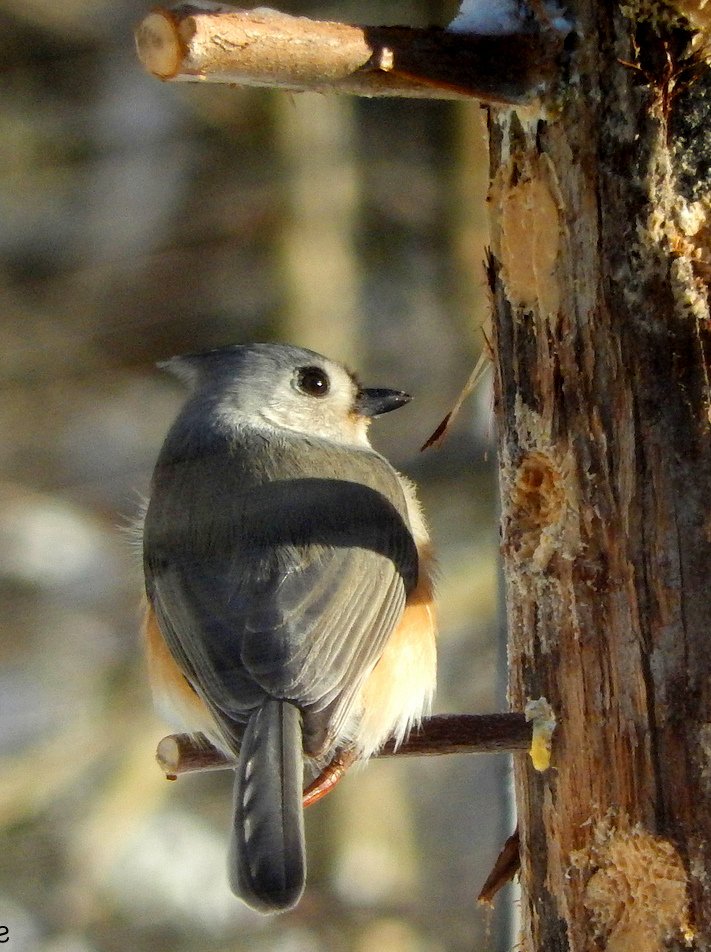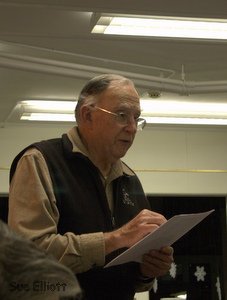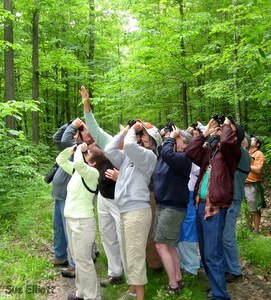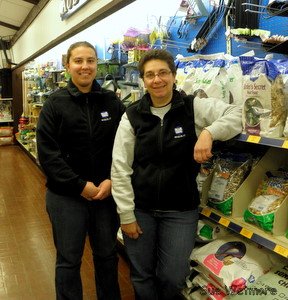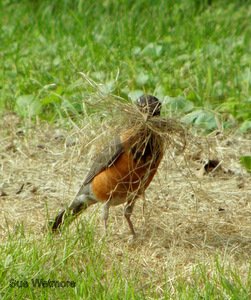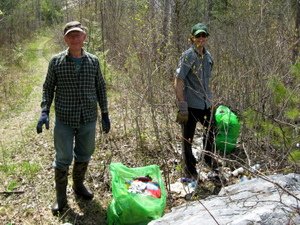Sixteen participants rose to the challenge of temps in the low teens and a brisk wind for Rutland County Audubon’s annual winter visit to the Champlain Valley. Starting north at Shelburne Bay and ending on Gage Road in Addison, 39 species plus one hybrid were tallied and entered on 17 eBird checklists. Thanks to Roy Pilcher’s advance scouting and careful planning, the day was a great success despite the weather.
 a frosty morning along Lake ChamplainShelburne Bay brought the first Bald Eagle of the trip, an adult, and one of nine eagles, seen throughout the day. Mallard, American Black Duck, Bufflehead, and Common Goldeneye were also observed here as they were at most of our other shoreline stops which included Shelburne Point, Shelburne Farms, Charlotte Town Beach and the ferry landing as well as Fort Cassin Point.
a frosty morning along Lake ChamplainShelburne Bay brought the first Bald Eagle of the trip, an adult, and one of nine eagles, seen throughout the day. Mallard, American Black Duck, Bufflehead, and Common Goldeneye were also observed here as they were at most of our other shoreline stops which included Shelburne Point, Shelburne Farms, Charlotte Town Beach and the ferry landing as well as Fort Cassin Point.
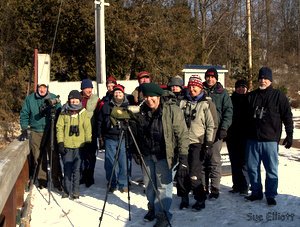 Along Harbor Road at Shelburne Point, a Merlin was seen at fairly close range, dining on a chickadee. A Pileated Woodpecker flew about the woods nearby. Four Red-breasted Mergansers were out on the bay. A Northern Flicker, one of three for the day, was also seen in the area.
Along Harbor Road at Shelburne Point, a Merlin was seen at fairly close range, dining on a chickadee. A Pileated Woodpecker flew about the woods nearby. Four Red-breasted Mergansers were out on the bay. A Northern Flicker, one of three for the day, was also seen in the area.
Two more Bald Eagles were seen at Shelburne Farms, both immatures. Other raptors at this location included Northern Harrier, Red-tailed Hawk and Rough-legged Hawk. At nearby Meach Cove (Shelburne Beach), an American Black Duck x Mallard hybrid was spotted among a group of other members of its gene pool. Four Horned Grebes were also present.
Fort Cassin produced four Gadwall among a group of Mallard and American Black Duck plus four more eagles, two adult and two immature.
Other sightings of the day included two Red-winged Blackbirds in a lilac bush near a feeder, a single Snow Goose among a large flock of Canadas, and a good number of American Robins. Large flocks of Snow Buntings were observed swirling over frozen farm fields in Charlotte and Gage Road in Addison. Small groups of Horned Larks were also seen as well as Wild Turkeys.
Three members of the group visited the Champlain Bridge at the end of the day and added Redhead, Ring-necked Duck and Greater Scaup to the list.
The day's list:
Canada Goose
Snow Goose
Gadwall
American Black Duck
American Black Duck x Mallard
Mallard
Redhead
Ring-necked Duck
Greater Scaup
scaup sp.
Bufflehead
Common Goldeneye
Hooded Merganser
Common Merganser
Red-breasted Merganser
Wild Turkey
Horned Grebe
Bald Eagle
Northern Harrier
Red-tailed Hawk
Rough-legged Hawk
Merlin
Ring-billed Gull
Herring Gull
Mourning Dove
Downy Woodpecker
Northern Flicker
Pileated Woodpecker
Blue Jay
American Crow
Horned Lark
Black-capped Chickadee
Tufted Titmouse
Eastern Bluebird
American Robin
European Starling
Snow Bunting
American Tree Sparrow
Dark-eyed Junco
Red-winged Blackbird
House Sparrow
